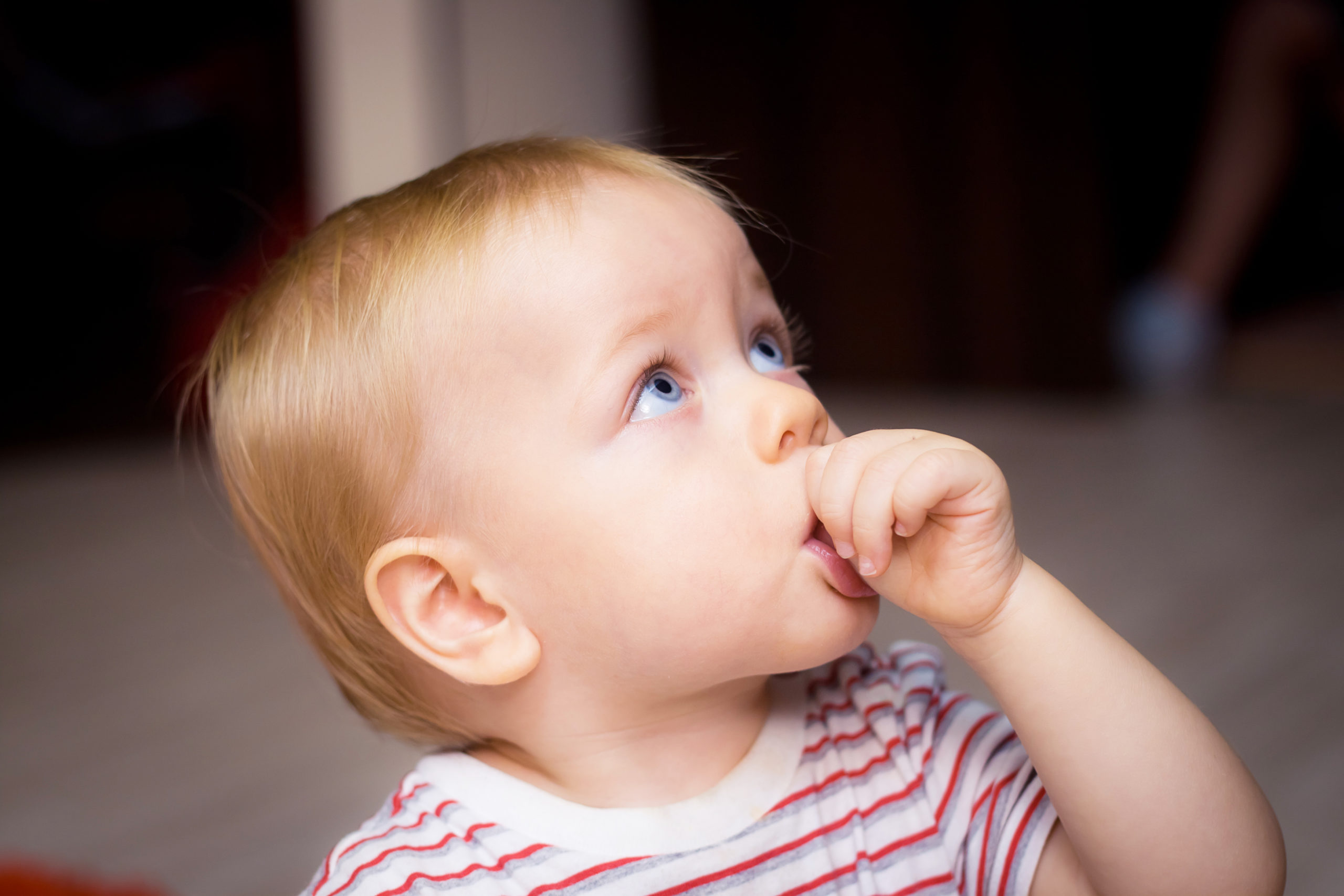
Babies suck their thumbs in utero. It soothes them. It’s instinct, not behavior. When born, many switch to pacifiers. Others stick with fingers. This isn’t learned. It’s primal comfort. It’s not discipline that starts it, and it won’t be discipline that stops it either.
The difference between thumb and pacifier use becomes clearer over time
Pacifiers can be taken away. Fingers cannot. That’s the central distinction. Parents choose when to offer a pacifier. They can hide it. Limit it. Control it. But thumbs are attached. A child finds comfort anywhere. In the car. In the dark. During tantrums. Accessibility changes the equation entirely.
Not every child who sucks their thumb will develop dental changes
You might expect teeth to shift. But many don’t. Duration matters. Pressure matters. Frequency matters. A two-year-old with brief thumb use may show no effects. A five-year-old who sucks all night might show anterior open bite. Pediatric dentists check timing, not just habit.
Pacifier use beyond age three increases the chance of bite issues, but timing still shapes outcome
A child who uses a pacifier at night beyond toddler years may show palatal changes. The upper arch narrows. The front teeth tip. But if discontinued early, some of these reverse naturally. The later the habit ends, the more likely orthodontics will be needed. Time—not just habit—writes the outcome.
Speech patterns can shift subtly in kids who continue sucking past language development stages
Some children develop lisps. Others struggle with tongue placement. Pacifiers and thumbs interfere with oral muscle training. Suckling motions override speech shaping. Not every case is dramatic. Some resolve with age. Others need speech therapy. Again, persistence—not presence—creates the need.
Skin irritation and nail infections show up more in thumb-suckers than pacifier users
Constant moisture affects thumbs. The skin peels. Cracks. Some kids develop calluses. Others pick at cuticles. Infections sneak in. Pacifiers avoid this. But they create drool rash and chapped lips. Both carry dermatological side effects, but the source and severity vary between methods.
Emotional triggers often maintain the habit long after physical need fades
Teething pain ends. Sleep patterns mature. Yet some children continue. Why? Stress. Boredom. Change. Pacifiers and thumbs become anchors. Transitional objects. Removing them without addressing emotion often fails. Habits tied to feelings survive scolding. They demand patience, not punishment.
Pacifiers may impact breastfeeding success when introduced too early
Nipple confusion happens. Latch changes. Some babies stop seeking the breast. Others nurse inefficiently. Lactation consultants often delay pacifier use until feeding stabilizes. Thumb sucking bypasses this—it’s self-directed. But both can change hunger cues. Feeding rhythm shifts. That early timing matters more than most think.
Parents often feel judged no matter which path they allow
You let the child have a pacifier—someone calls it lazy. You take it away—they call it cruel. Thumb sucking draws looks in public. The older the child, the sharper the glances. But none of this reflects science. Most habits fade before school. Judgment always arrives too early.
Nighttime is when the habit grows strongest and becomes harder to modify
Bedtime brings repetition. Sucking calms cortisol. Lowers heart rate. Signals sleep. That association strengthens with age. Removing a pacifier disrupts sleep. Thumbs can’t be removed. Gloves, creams, socks—parents try everything. But nighttime changes require rewiring emotion, not just blocking behavior.
Reward systems work better than punishment for weaning off sucking habits
Charts. Stickers. Gentle reminders. These go farther than threats. Shame slows progress. Motivation speeds it. Success comes in pauses—not stops. Going ten minutes without sucking. One night. Then a week. Weaning isn’t instant. It respects rhythm. Progress isn’t clean—but it’s real.
Dentists monitor alignment, spacing, and palate shape starting around age three
Early dental visits aren’t just for cavities. They’re for habit tracking. A dentist looks at arches. Occlusion. Posterior development. They notice speech effects. Gum pressure. Parents may miss these. A child may speak clearly but still shift bite subtly. That check-in brings balance—not panic.
Some children simply stop on their own, with no intervention and no relapse
You notice one day the pacifier is untouched. The thumb no longer lifts toward the mouth. It ends naturally. No prompting. No strategy. For some, the habit completes its purpose and exits. For others, it lingers. That variation is normal. Not everything needs correction.
The real concern isn’t the object—it’s whether it begins to limit development
When a child won’t socialize without sucking. When language stalls. When jaw growth halts. That’s when the habit shifts from comfort to delay. Intervention becomes necessary. But until then, it’s not about stopping—it’s about watching. Knowing when the habit serves—and when it starts to take.
The memory of the habit fades faster than the worry surrounding it ever does
By age eight, the child forgets they ever sucked their thumb. But you remember. The sleep battles. The comments. The guilt. You remember what didn’t work. What almost did. But the child? They move on. Teeth shift. Mouths mature. The habit, once central, disappears quietly.
Source: Pediatric Dentistry in Dubai / Pediatric Dentistry in Abu Dhabi
